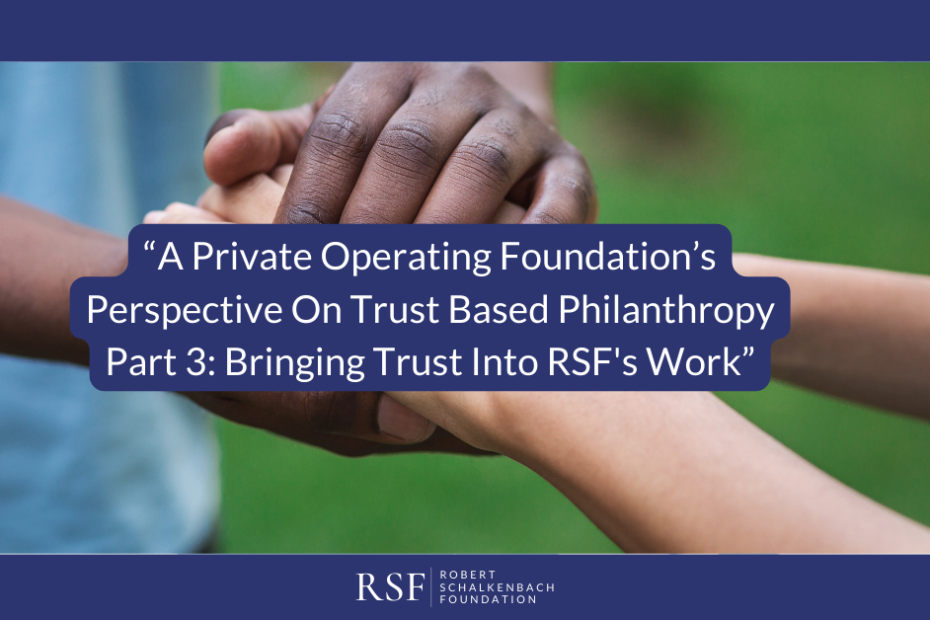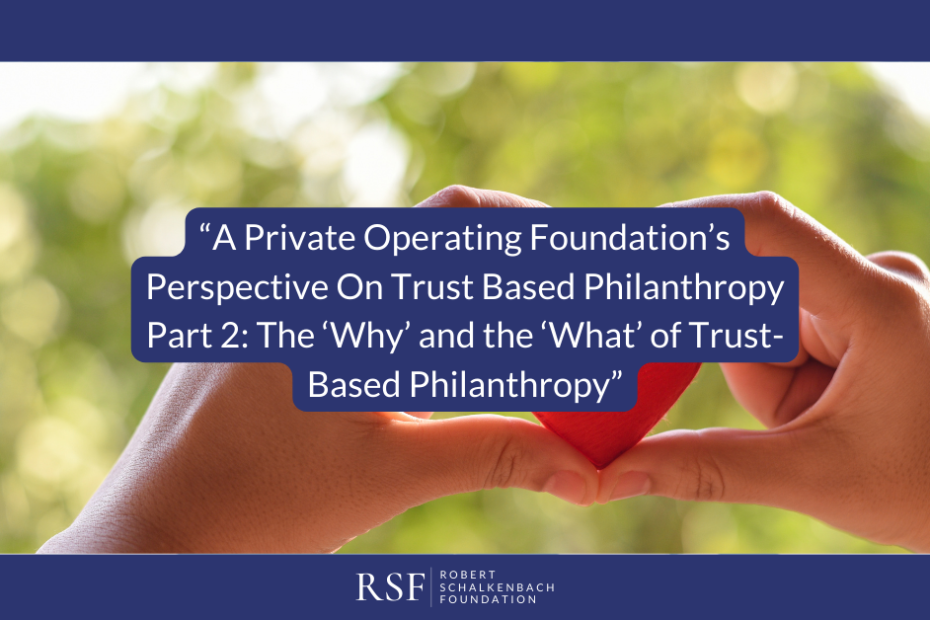From the 19th Century to the 21st: A New Georgist Cartoon Archive is Under Development!
Cartoons have long been used to make political commentary, and perhaps never more so than at the turn of the 19th century, when lively images regularly graced the pages of popular media outlets, bringing to life the ideas, conflicts, and scandals of important public figures.… Read More »From the 19th Century to the 21st: A New Georgist Cartoon Archive is Under Development!





